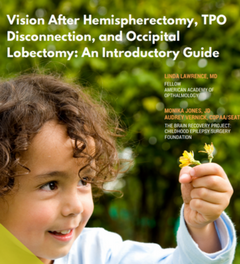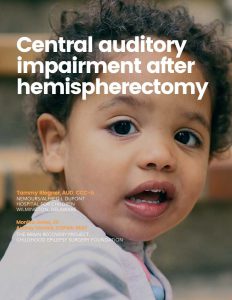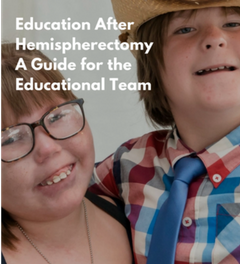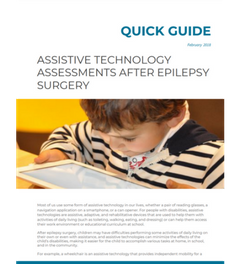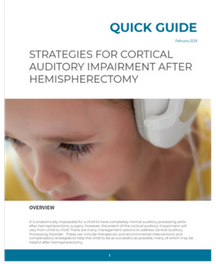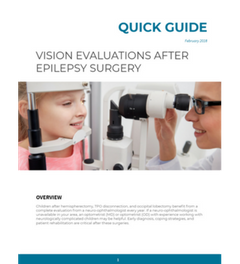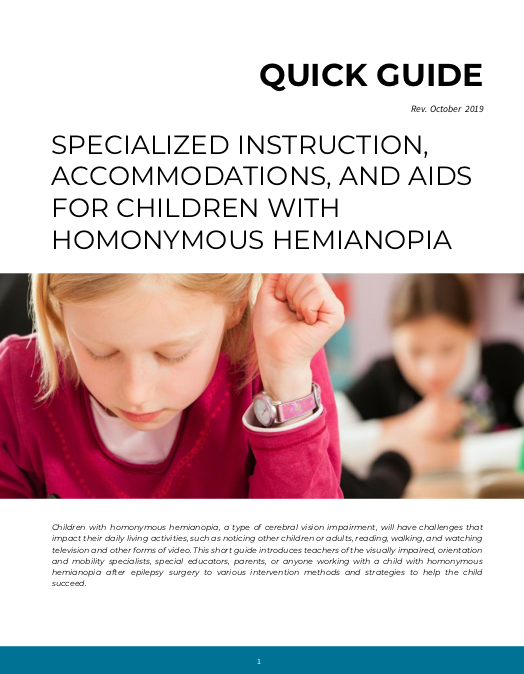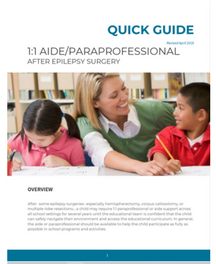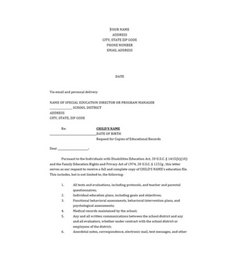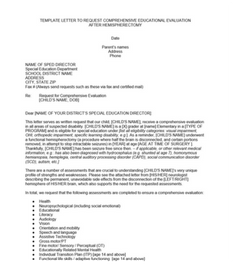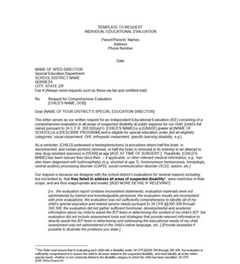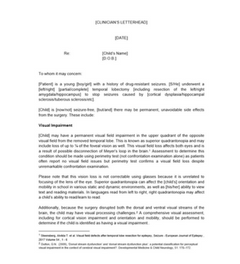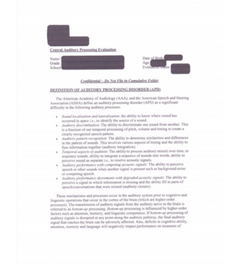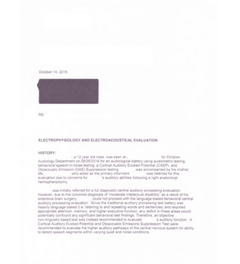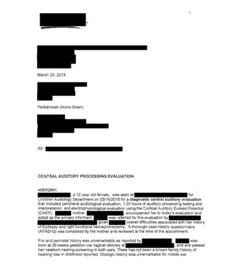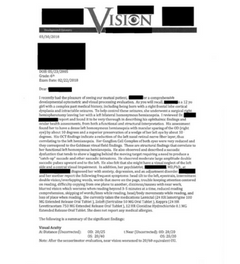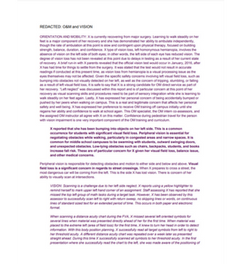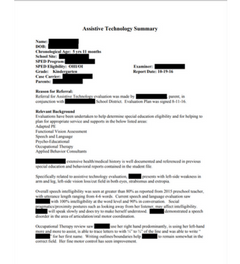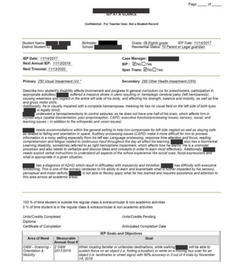Remote learning during the pandemic.
Many children continue to access learning virtually due to COVID19 school closures. We have comprehensive resources for you to help you manage your child’s education during this time.


A Step-By-Step Guide to IEPs After Epilepsy Surgery.
Early data from our Global Pediatric Epilepsy Surgery Registry shows that almost 90% of children after epilepsy surgery access special education in public school. Our comprehensive step-by-step guide will help you build an appropriate IEP for your child.
Reading After Epilepsy Surgery.
In our new series of guides, we review the basics of reading to help you understand what’s important, discuss how the basics of reading relate to a child who has had epilepsy surgery, the unique obstacles they face on the road to reading, and how to make a plan to overcome them. Starting early, with proper assessment, intervention, and a thorough understanding of the obstacles to reading, most children after epilepsy surgery have a chance to become literate.
- Part 1- Understanding the Big Five for the early or struggling reader (pdf)
- Other guides coming soon!

Our Publications.
EDUCATIONAL TRANSITION AFTER PEDIATRIC EPILEPSY SURGERY
This comprehensive 100+ page guide will help parents of children on individual education plans after epilepsy surgery navigate the transition process. It also includes information about health transition, template letters, and checklists. Our free, self-paced companion course will help you learn about the transition process. Sign up for this course here.
VISION AFTER HEMISPHERECTOMY, TPO DISCONNECTION, AND OCCIPITAL LOBECTOMY
This guide summarizes the various visual impairments a child will have after hemispherectomy, TPO disconnection, and occipital lobectomy, and how they can affect a child’s daily living, functional mobility, and access to the educational curriculum in school.
CENTRAL AUDITORY IMPAIRMENT AFTER HEMISPHERECTOMY
Hearing and listening after hemispherectomy can be a challenge, this guide helps parents understand central auditory impairment after hemispherectomy.
EDUCATION AFTER HEMISPHERECTOMY
This document provides educators and aligned professionals with an overview of the challenges a child after hemispherectomy will face in school.
ASSISTIVE TECHNOLOGY ASSESSMENTS AFTER EPILEPSY SURGERY
After epilepsy surgery, children may have difficulties performing some activities of daily living on their own or even with assistance, and assistive technologies can minimize the effects of the child’s disabilities, making it easier for the child to accomplish various tasks.
STRATEGIES FOR CENTRAL AUDITORY IMPAIRMENT AFTER HEMISPHERECTOMY
There are many management options to address Central Auditory Processing Disorder. These can include therapeutic and environment interventions and compensatory strategies to help the child to be as successful as possible.
VISION EVALUATIONS AFTER EPILEPSY SURGERY
A complete annual evaluation from a neuro-ophthalmologist is beneficial to children after hemispherectomy, TPO disconnection, and occipital lobectomy. Early diagnosis, coping strategies, and patient rehabilitation are critical after these surgeries.
HELPFUL EDUCATIONAL STRATEGIES FOR CHILDREN WITH HOMONYMOUS HEMIANOPSIA
A child with homonymous hemianopsia should learn as early as possible to advocate for themselves. This guide provides key strategies for one of the most important social, emotional, and educational skills we can teach, self advocacy.
PARAPROFESSIONALS AND AIDES AFTER EPILEPSY SURGERY
Children after epilepsy surgery often require a 1:1 aide to help them navigate their school’s physical campus safely and sometimes to access the education curriculum. This brief info sheet describes how a dedicated aide can help a child after surgery.
Sample Letters and Templates.
REQUEST FOR COPIES OF STUDENT’S EDUCATIONAL FILE
Use this letter to request a full and complete copy of your child’s education file, which is your right under federal regulations.
This FAQ from the U.S. Department of Education’s website does a great job of explaining when a photo or video of a student is considered an education record under FERPA.
REQUEST FOR COMPREHENSIVE EDUCATIONAL EVALUATION AFTER HEMISPHERECTOMY
There are many assessments a child should have after hemispherectomy surgery as part of the overall comprehensive educational evaluation. This letter advises the school district of the category of assessments that should be conducted.
REQUEST FOR INDEPENDENT EDUCATIONAL EVALUATION AFTER HEMISPHERECTOMY
If you disagree with even one of the assessments conducted by the school, you can request an independent educational evaluation. If the school does not assess your child in an area of suspected disability, you are also entitled to an independent evaluation. This letter requests these evaluations from your school district.
LETTER FROM NEUROLOGIST OR NEUROSURGEON TO SCHOOL- HEMISPHERECTOMY
Before your IEP meeting, be sure to have your child’s neurologist or neurosurgeon sign this letter. It outlines the possible disabilities your child may have after hemispherectomy surgery, which should trigger various assessments by the school.
LETTER FROM NEUROLOGIST OR NEUROSURGEON TO SCHOOL- TEMPORAL LOBECTOMY
Before your IEP meeting, be sure to have your child’s neurologist or neurosurgeon sign this letter. It outlines the possible disabilities your child may have after temporal lobectomy surgery, which should trigger various assessments by the school.
Sample Assessments.
The following are actual assessments of children after epilepsy surgery. We provide these as an example of what a good evaluation will include.
CENTRAL AUDITORY PROCESSING EVALUATION
Age: 9 years old
Diagnosis: Stroke
Surgery: Right Hemispherectomy
CENTRAL AUDITORY PROCESSING EVALUATION
Age: 12 years old
Diagnosis: Cortical Dysplasia
Surgery: Right Hemispherectomy
CENTRAL AUDITORY PROCESSING EVALUATION
Age: 12 years old
Diagnosis: Cortical Dysplasia
Surgery: Right Hemispherectomy
COMPREHENSIVE OPTOMETRIC & VISUAL PROCESSING EVALUATION
Age: 12 years old
Diagnosis: Cortical Dysplasia
Surgery: Right Hemispherectomy
ORIENTATION & MOBILITY ASSESSMENT
Age: 13 years old
Diagnosis: Rasmussen’s Encephalitis
Surgery: Right Hemispherectomy
ASSISTIVE TECHNOLOGY ASSESSMENT
Age: 5 years old
Diagnosis: Brain tumor
Surgery: Right Hemispherectomy
Sample Individual Education Plans.
IEP AT A GLANCE
This report allows the team a quick view of the child’s needs, goals, accommodations, and services.
Age: 14 years old
Diagnosis: Stroke
Surgery: Right Hemispherectomy
Other Helpful Resources.
The Reading Brain: Neuroscience and Assessment Implications After Hemispherectomy – This presentation by Joanna Christodoulou, EdD at the 2017 Pediatric Epilepsy Surgery Conference and Family Reunion reviews the fundamentals of reading, reading circuits in the brain, and what appropriate assessments should cover after hemispherectomy surgery.
Seizure Action Plan – From the Epilepsy Foundation
Legal Rights of Children With Epilepsy In School and Child Care – An excellent overview of the legal rights of children with epilepsy in school and child care, including an in-depth discussion of the Individuals with Disabilities in Education Act and Individual Education Plans (“IEPs””), the Rehabilitation Act and 504 Plans, and administration of rescue medication in various educational and child care settings.
Model Section 504 Plan For A Student With Epilepsy – From the Epilepsy Foundation
Apps and Products
Voice Dream Reader – Shortens length of sentence being read to a few words per line. Highlights word being read. Combines visual reading with auditory listening by highlighting text while audio reading. Seamlessly merges audio and visual reading.
Homonymous Hemianopsia Simulators – from Vision Rehabilitative Services, LLC.
Rummel Hemianopsia Buttons™ – These simple buttons remind others that your child is unable to see in their blind field.
Rummel Hemianopsia Guides™ – Reading guides that remind your child to read to the end of the line (for right hemianopsia) and begin at the next line (for left hemianopsia).
Highlight reading strips – flexible, transparent colored strips that highlight the line the student is reading while blocking out the line below.
E.Z.C. Reader Strips™ – feature a tinted transparent “window” that helps pop print into view. Dark area helps block distractions surrounding targeted words, so eyes are easily guided to the desired print.
Websites
What Works Clearinghouse reviews the existing research on different programs, products, practices, and policies in education. The goal of the website is to provide educators with the information they need to make evidence-based decisions. Its focus is on the results from high-quality research to answer the question “What works in education?” If your school says that they’re providing “research-based” interventions, take a moment to search this website to see if the program is in fact supported by research.
Techmatrix.org – Search a database of nearly 400 products using extensive criteria tailored to assistive and educational technologies.
International Alliance for Pediatric Stroke unites worldwide pediatric stroke communities to make a difference together.
Share your guide or product with us!
If you know of a product or guide that has helped your child or student in school, let us know!
Email us at info@brainrecoveryproject.org.
 SUBSCRIBE TO OUR MAILING LIST
SUBSCRIBE TO OUR MAILING LIST

